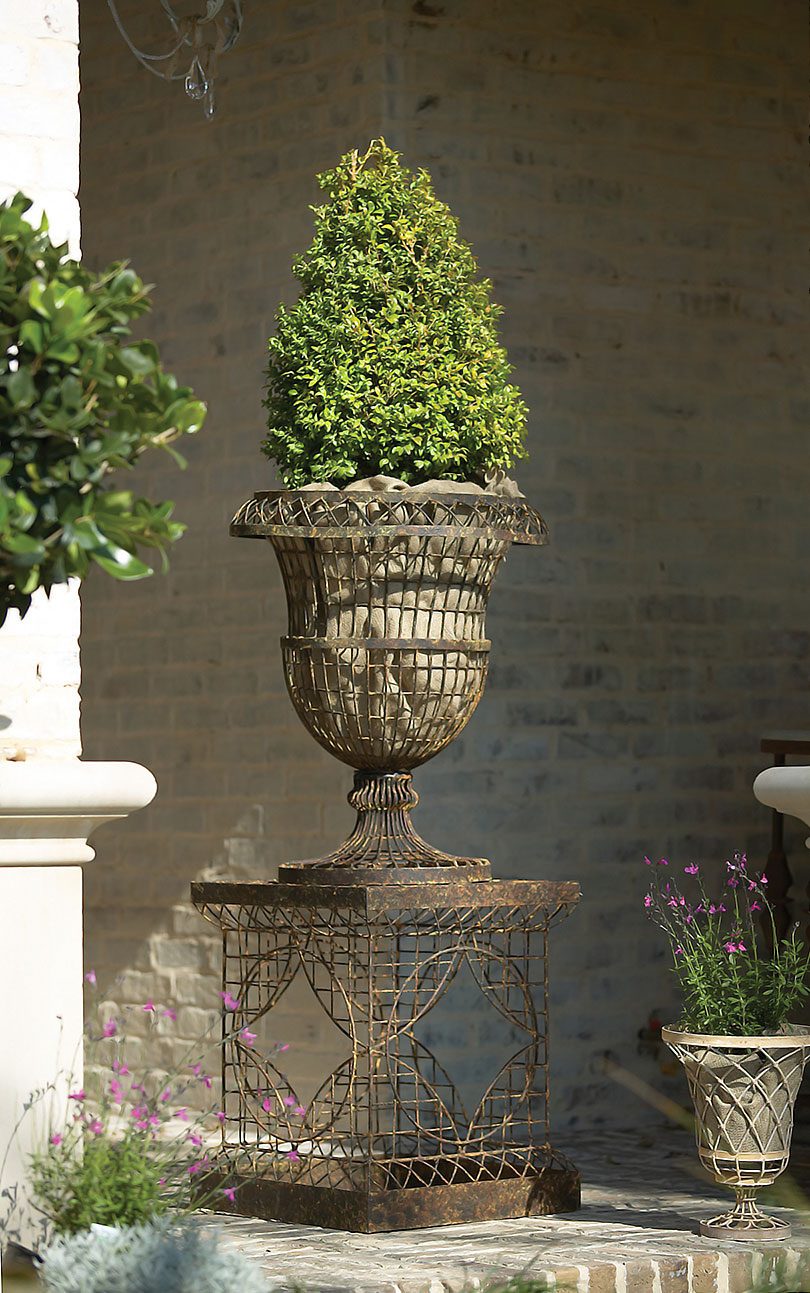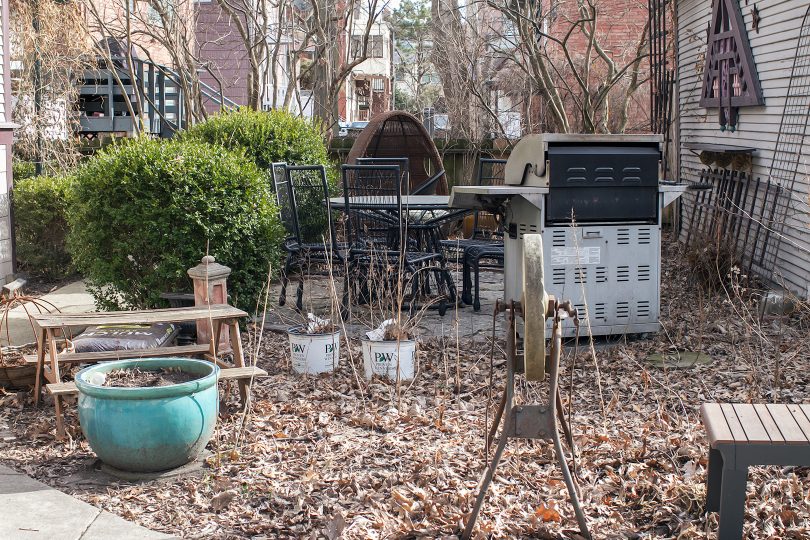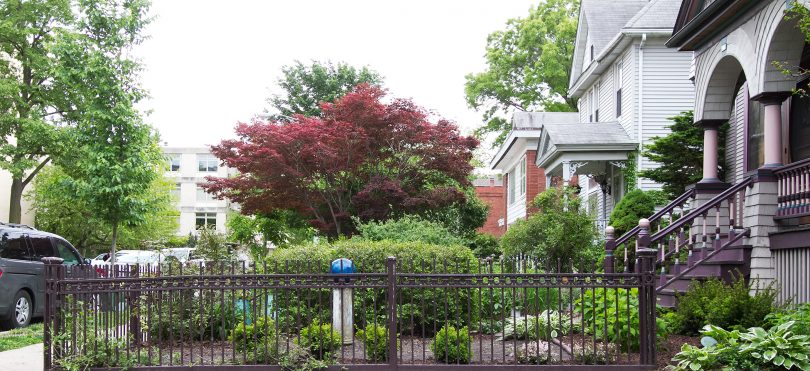
French-Inspired Outdoor Wire Planters
French country is having a moment again (have you been noticing?), and there are a ton of reproduction wire urn…April 12, 2018
Bettering the Backyard
This is the first post of three sponsored by RISE’s AND not OR home and garden program. All thoughts and…March 29, 2018
How Our Garden Blooms in June
First, may I point out that we have a new 9x12 area of grass? Because I finally found sod for…June 6, 2017
The Front Garden’s New Layout
This is the second of two posts sponsored by RISE's AND not OR home and garden program. All thoughts and…May 25, 2017
Pretty Plant Supports and Garden Edging
Me, lately: I'm like a British lady in my garden, and my plants agree. Unfortunately, the British seem to have…May 17, 2017
Working on the Formal Front Yard
This post is sponsored by RISE's AND not OR home and garden program, but all thoughts and opinions are my…May 11, 2017

French-Inspired Outdoor Wire Planters
French country is having a moment again (have you been noticing?), and there are a ton of reproduction wire urn planters in shops this spring.…

Bettering the Backyard
This is the first post of three sponsored by RISE’s AND not OR home and garden program. All thoughts and opinions are my own. The…

How Our Garden Blooms in June
First, may I point out that we have a new 9×12 area of grass? Because I finally found sod for sale, and I bought it,…

The Front Garden’s New Layout
This is the second of two posts sponsored by RISE’s AND not OR home and garden program. All thoughts and opinions are my own. I’ve…

Pretty Plant Supports and Garden Edging
Me, lately: I’m like a British lady in my garden, and my plants agree. Unfortunately, the British seem to have better plant supports available to…

Working on the Formal Front Yard
This post is sponsored by RISE’s AND not OR home and garden program, but all thoughts and opinions are my own. I’ve been planning and…
